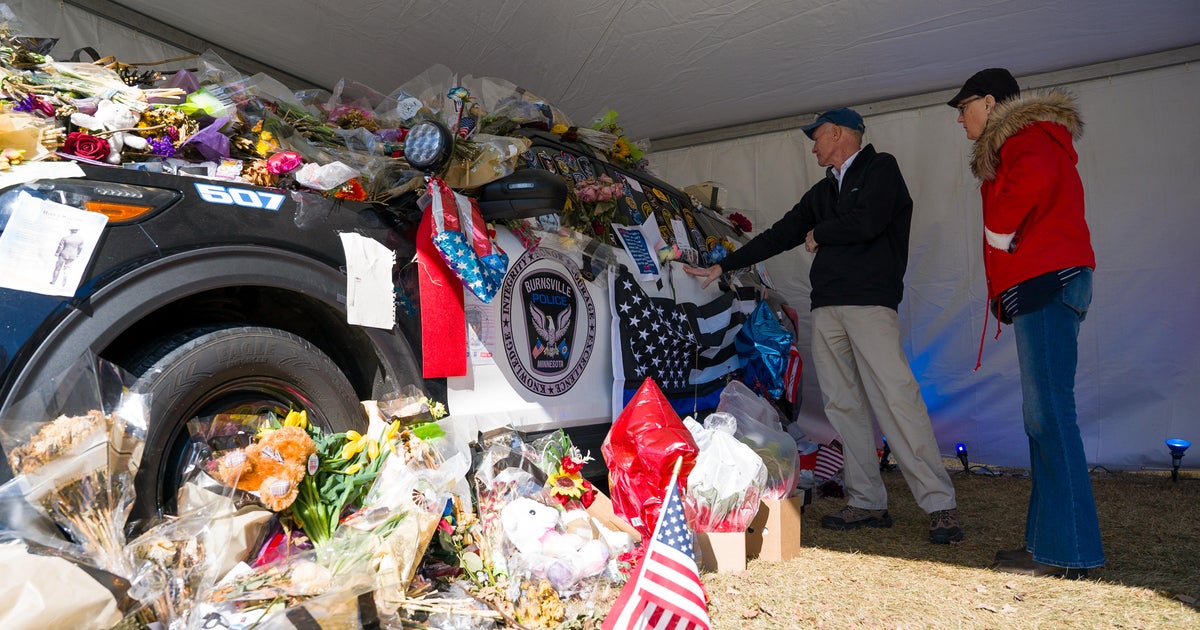Minnesota's Black History Comes Alive In Several Online Exhibits
MINNEAPOLIS (WCCO) -- February is when African Americans are celebrated and recognized for their central role in United States history.
Black History Month is also a good time to dig deeper into the struggles Black people endured, and are still enduring, in the search for equality.
The Minnesota Historical Society (MNHS) has a treasure trove of resources, from digital exhibits like "How Black Women Broke Barriers," to "The Black Liberation Movement." Articles, photographs and interviews can all be found online. There is also information about the history of slavery in Minnesota. Avi Viswanathan is the director of inclusion and community engagement for MNHS.
"We just started an initiative called 'Black History, Black Voices,' which has got a number of resources for people to learn about Black history," Viswanathan said. "Historic Fort Snelling is a place where slavery existed. Harriet and Dred Scott both were there, and stories about them and slavery in Minnesota are on display and exhibit at the historic Fort Snelling."
Fort Snelling artifacts can also be found online. The Hennepin County Library system is another great place to look. Chad Helton is the system's director.
"You can find a wealth of resources, a wealth of books, artwork. We have lots of materials, a lot of the things we are doing right now are because of COVID protocols, a lot of these things will be online," Helton said.
"TESTIFY" is a collection of Black history artifacts from Justice Alan Page and his late wife, Diane Sims Page. The exhibit will transport you to a place and time in history some will find painful to see.
"[The artifacts] don't represent somebody's opinion, they don't represent what somebody thinks," Page said. "They represent facts, and what people did."
It features bricks made by slaves to build the White House, and a slave collar used in Virginia in the 1820s. Images from the exhibit are also available online.
The Hallie Q. Brown Center in St. Paul is the keeper of Black History from the historic Rondo Neighborhood. Jonathan Palmer is the center's president.
"We're a 91-year-old organization, and have been the central gathering place for African American community in St. Paul," Palmer said. "Our original location was originally an African American Union Hall."
That original building was lost to the expansion of Interstate 94, a project that divided St. Paul's Black community, and it's all documented in the library of the Hallie Q. Brown Center.
"So when you are on the highway, you're driving on 94, you're driving through somebody's living room that never invited you," Palmer said.
People are invited to the African American Heritage Museum and Gallery, as well as to view the pages and exhibits of the Minnesota Spokesman Recorder, the oldest black-owned newspaper in the state.
Because of COVID-19, many of the state's Black History Month exhibits have been pushed online. They can all be accessed for free. There are also national resources, like the National Endowment for the Humanities and the Smithsonian Institute.



